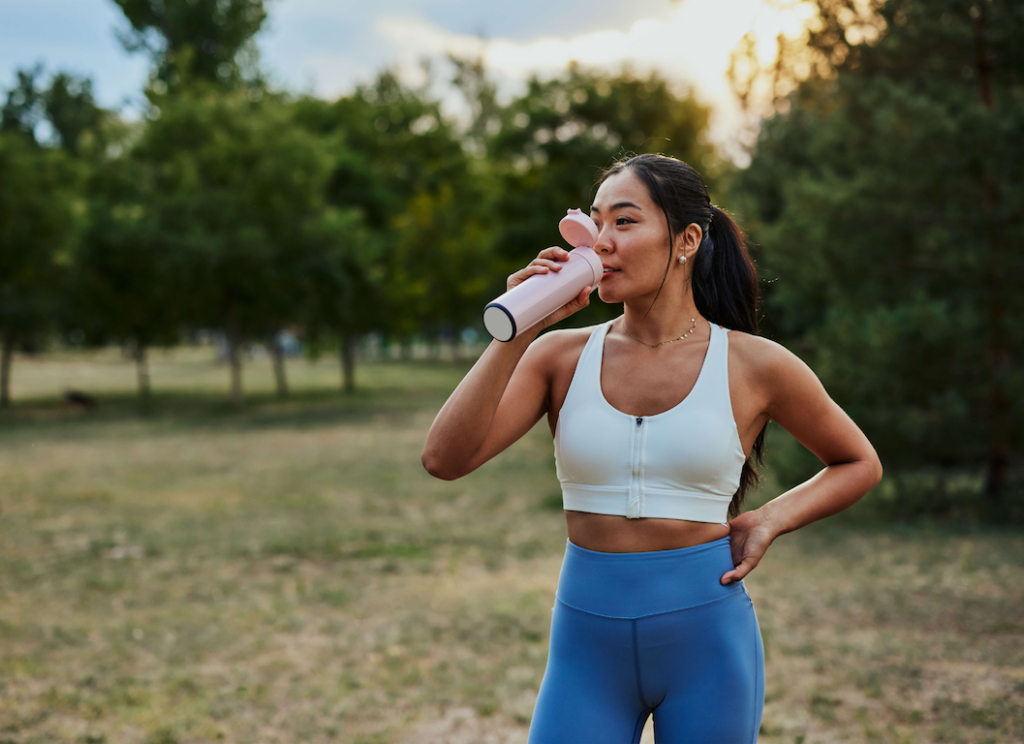October is known for many things, but beyond the tricks and treats, ghosts and goblins, is an entire month of Breast Cancer Awareness. As the most common type of all cancers, followed by prostate and lung cancer, understanding the signs, risks, and screenings for breast cancer could save a life. We hope you’ll join us this month in sharing awareness.
Breast Cancer Statistics for Women in the US
- The average risk of breast cancer is 1 in 8 women
- It’s estimated there will be 297,790 new cases in 2023
- Of these new cases, it’s estimated that 43,700 women will die
Early Detection is Key
Through early detection, breast cancer can be treated more successfully, and the chances of survival are greatly increased. In fact, according to the American Cancer Society, with early detection, the 5-year relative survival rate is 99% when the cancer is in a localized state.
To increase the chances of early detection:
- Knowing how and when to self-examine
- Performing self-exams monthly
- Scheduling regular screenings

Knowing the Signs and Symptoms
While these symptoms do not automatically mean a breast cancer diagnosis, they should be immediately brought to the attention of a professional healthcare provider for further investigation or diagnosis.
The National Breast Cancer Foundation Signs and Symptoms:
For more details or to get your free guide, go here →
- Nipple tenderness or lump or thickening near breast or underarm area
- Skin texture changes or enlarged pores in the skin of the breast (sometimes described as having the texture of an orange peel).
- A lump in the breast. While not all are cancerous, any lumps should be brought to the attention of a healthcare professional.
- An unexplained change in the size or shape of the breast
- Dimpling anywhere on the breast
- Unexplained swelling or shrinkage of the breast (especially if on one side only)
- Recent asymmetry of the breasts.
- A nipple that is turned slightly inward or inverted
- The skin of the breast, areola, or nipple that becomes scaly, red, or swollen or may have ridges or pitting (like the skin of an orange).
- Any nipple discharge.
Reducing the Risk of Breast Cancer
While age and genetics play a role in breast cancer risks, there are some healthy habits you can incorporate to help lower the risks you do have control over.
- Maintain a healthy weight.
- Eat 3.5 – 5 cups of fruits and vegetables.
- Stay physically active. Aiming for 20 minutes every day.
- Quit smoking. Eliminate second-hand smoke, too!
- Limit alcohol consumption.
- Schedule breast screenings.



